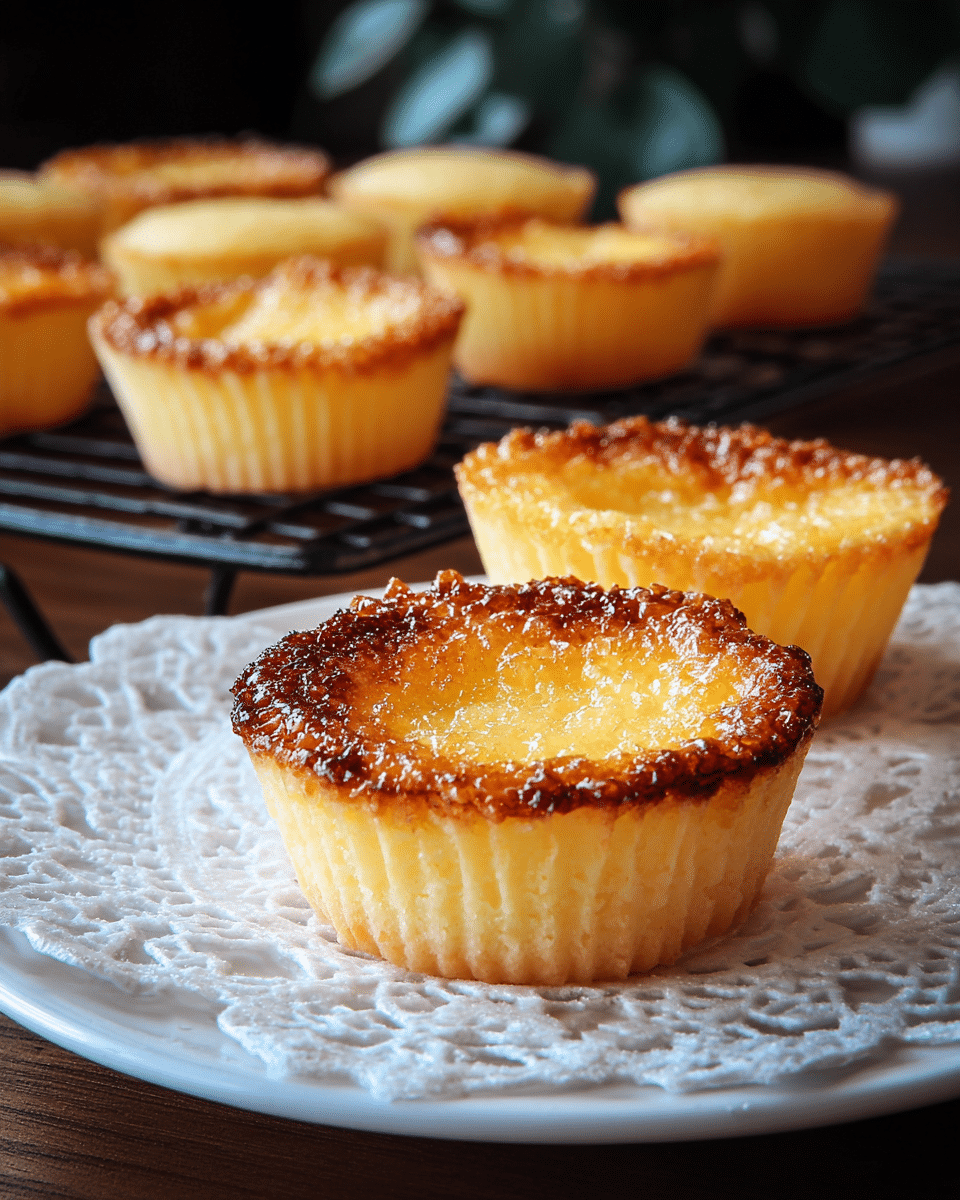The combination of nutty quinoa, fresh vegetables, and fragrant herbs creates a satisfying and flavorful filling for sweet bell peppers.
What’s more, this recipe is easy to customize to your taste and dietary preferences. You can use any color of bell peppers you like, or mix and match for a stunning presentation. You can also add or substitute veggies and herbs, depending on what you have on hand. And if you want to make it vegan, simply omit the cheese or use a plant-based alternative. This dish is perfect for a cozy dinner at home, a potluck party, or any occasion where you want to impress with a healthy and tasty meal.
Full Recipe:
-
1 1/2 cups all-purpose flour
-
1 cup granulated sugar
-
1/2 teaspoon baking powder
-
1/4 teaspoon salt
-
1/2 cup unsalted butter, melted
-
2 large eggs
-
1 teaspoon vanilla extract
-
1 cup whole milk
-
1/2 cup shredded coconut
-
1/4 cup fresh lemon juice
-
Zest of 1 lemon
Directions:
-
Preheat the oven to 350°F (175°C). Grease or line a muffin tin with cupcake liners.
-
In a large mixing bowl, whisk together the flour, sugar, baking powder, and salt.
-
In a separate bowl, combine the melted butter, eggs, vanilla extract, milk, shredded coconut, lemon juice, and lemon zest.
-
Slowly pour the wet ingredients into the dry ingredients and mix until just combined.
-
Spoon the batter evenly into the prepared muffin tin, filling each cup about 3/4 full.
-
Bake for 20-25 minutes, or until the tops are lightly golden and a toothpick inserted into the center comes out clean.
-
Let the queijadas cool in the tin for a few minutes before transferring them to a wire rack to cool completely.
Prep Time: 15 minutes | Cooking Time: 25 minutes | Total Time: 40 minutes
Kcal: 210 kcal | Servings: 12 cupcakes
History and Origin
Queijadas have a deep-rooted history in Portugal, with their origins tracing back to the Middle Ages. Historically, these little pastries were created by nuns in convents as a way to utilize the abundant local ingredients like eggs, milk, and sugar. In fact, the name “queijadas” is thought to have been derived from the Portuguese word for cheese, “queijo,” because these early custard-like pastries were sometimes made with fresh cheese, giving them a creamy texture. Over the centuries, various regions in Portugal have adopted their own variations, with some using more coconut or adding different flavors like cinnamon or almond.
The specific version of Queijadas Portuguese Custard Cupcakes that we know today is beloved throughout Portugal, particularly in Lisbon and the Azores, where it is often made during religious celebrations and festivals. The combination of lemon, coconut, and rich custard filling provides a refreshing contrast to many other heavier desserts in Portuguese cuisine. These cupcakes are more than just a dessert—they’re a piece of Portuguese history, offering a taste of tradition with every bite.
Variations and Adaptations
While the traditional recipe for Queijadas stays relatively consistent, there are some regional variations and modern adaptations that offer unique spins on this classic. For instance, in some areas of Portugal, the custard filling is made with cheese, giving it a more savory note. In contrast, in other regions, the coconut is omitted entirely, allowing for a smoother texture and a more intense lemon flavor.
Modern twists on Queijadas often include different citrus fruits like orange or lime, which add a refreshing zing to the custard. For those looking to experiment, adding a touch of cinnamon or nutmeg can also elevate the flavor profile. Some home bakers even use a gluten-free flour blend to make the recipe suitable for those with dietary restrictions, ensuring that everyone can enjoy this delicious treat.
Another fun adaptation is turning these custard cupcakes into a larger tart or pie. Instead of individual cupcakes, you can bake the same custard mixture into a round tart shell, which can be sliced into wedges for serving. This is a popular variation in Portugal for larger family gatherings or festive dinners.
Nutritional Information
Queijadas Portuguese Custard Cupcakes, while undeniably delicious, are an indulgent treat that should be enjoyed in moderation. These cupcakes are rich in fats, primarily from the butter and coconut, and are a good source of carbohydrates from the flour and sugar. A typical serving of one cupcake (about 50 grams) contains roughly 210 calories.
Here’s a breakdown of the nutritional content per serving:
-
Calories: 210 kcal
-
Protein: 3 grams
-
Carbohydrates: 25 grams
-
Fat: 12 grams
-
Saturated Fat: 7 grams
-
Cholesterol: 50 mg
-
Sodium: 50 mg
-
Fiber: 1 gram
-
Sugar: 17 grams
The eggs and butter in the recipe provide a moderate amount of protein and healthy fats, while the coconut contributes some dietary fiber and micronutrients like iron and manganese. While these cupcakes are not low-calorie or low-fat, they do provide a decent amount of energy and a touch of sweetness that can satisfy a craving without overindulging.
Serving Suggestions and Pairings
Queijadas Portuguese Custard Cupcakes are wonderfully versatile and can be enjoyed in various settings. They make a great addition to a brunch spread, offering a sweet contrast to savory items like quiches, pastries, and fresh fruit. For a more indulgent experience, pair these cupcakes with a cup of strong black coffee or a fresh pot of tea. The rich custard filling and zesty lemon flavors balance well with the bitterness of coffee or the gentle tannins of tea.
These cupcakes are also perfect for serving at gatherings and celebrations. Whether it’s a birthday party, a holiday meal, or a casual afternoon get-together, these Portuguese custard cupcakes will surely be the star of the show. If you’re hosting a summer picnic, they’re a great choice for portable desserts that will hold up well in the heat. To add an extra touch of elegance, dust the tops with a light sprinkle of powdered sugar or garnish with a few fresh berries.
For a unique twist, serve these cupcakes with a scoop of vanilla or lemon sorbet on the side. The refreshing coldness of the sorbet will complement the creamy texture of the custard-filled cupcakes, making for a satisfying contrast. If you prefer something with a little more indulgence, whipped cream or a dollop of mascarpone cheese would also pair wonderfully with this treat.
Tips and Tricks for Success
-
Use Room Temperature Ingredients: For the best texture and consistency, make sure your eggs, butter, and milk are at room temperature before mixing them into the batter. This helps create a smoother, more homogenous mixture and results in an even bake.
-
Don’t Overmix: When combining the wet and dry ingredients, mix gently until just combined. Overmixing can lead to dense, heavy cupcakes. The goal is to keep the batter light and airy.
-
Adjust Baking Time for Your Oven: Every oven is different, so keep an eye on your cupcakes as they bake. The tops should be lightly golden, and a toothpick inserted in the center should come out clean. If they need extra time, add a few more minutes, but be careful not to overbake.
-
Let Them Cool: Although it’s tempting to dive in immediately after baking, allow the cupcakes to cool in the tin for a few minutes before transferring them to a wire rack. This helps them set and hold their shape, making them easier to handle.
-
Make-Ahead Tip: These cupcakes store well at room temperature for a couple of days, and you can also freeze them for up to a month. Simply wrap them tightly in plastic wrap and foil before freezing. Thaw them at room temperature before serving for the best texture.
Potential Health Benefits
While Queijadas Portuguese Custard Cupcakes are primarily a sweet indulgence, some of the ingredients offer potential health benefits. Coconut, for example, provides healthy fats that are beneficial for heart health when consumed in moderation. It also contains fiber, which is good for digestive health and can help regulate blood sugar levels.
Advertisement
The eggs in the cupcakes are an excellent source of high-quality protein, providing essential amino acids that are necessary for muscle repair and overall bodily functions. Eggs also contain vitamin A, which is important for maintaining healthy skin and eyes.
Lemon juice and zest, another key ingredient, offer a burst of vitamin C, an antioxidant that supports immune function and promotes healthy skin. Additionally, lemon is known for its detoxifying properties, helping to cleanse the body and support liver health.
Conclusion
Queijadas Portuguese Custard Cupcakes are a perfect blend of history, flavor, and simplicity. Their rich, custard-filled center and light, coconutty texture make them an irresistible treat for any occasion. Whether you’re enjoying them with a cup of tea or serving them at a festive gathering, these cupcakes bring a taste of Portugal to your table. Don’t be afraid to experiment with flavors and ingredients to make them your own, but no matter how you serve them, these cupcakes are sure to be a hit. So go ahead and give them a try—you’ll be glad you did!






